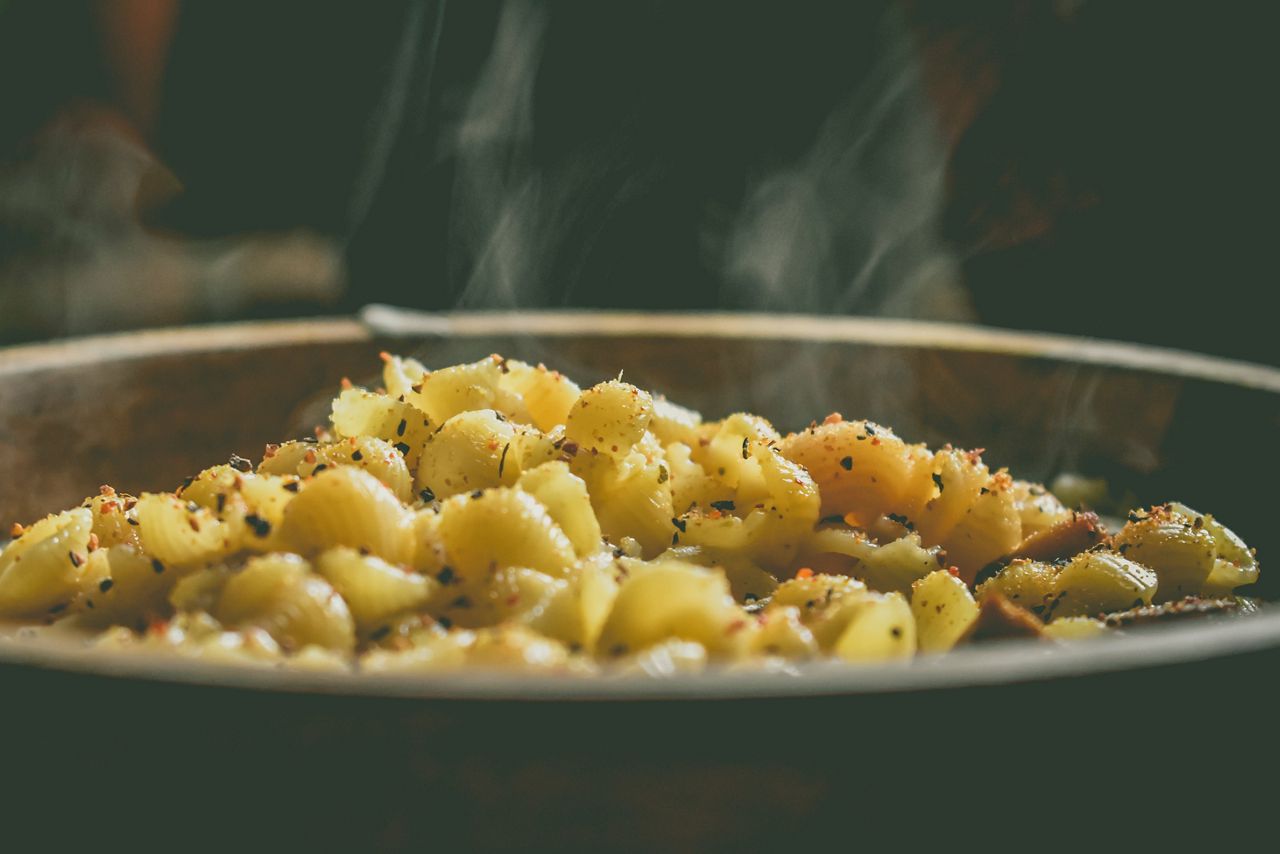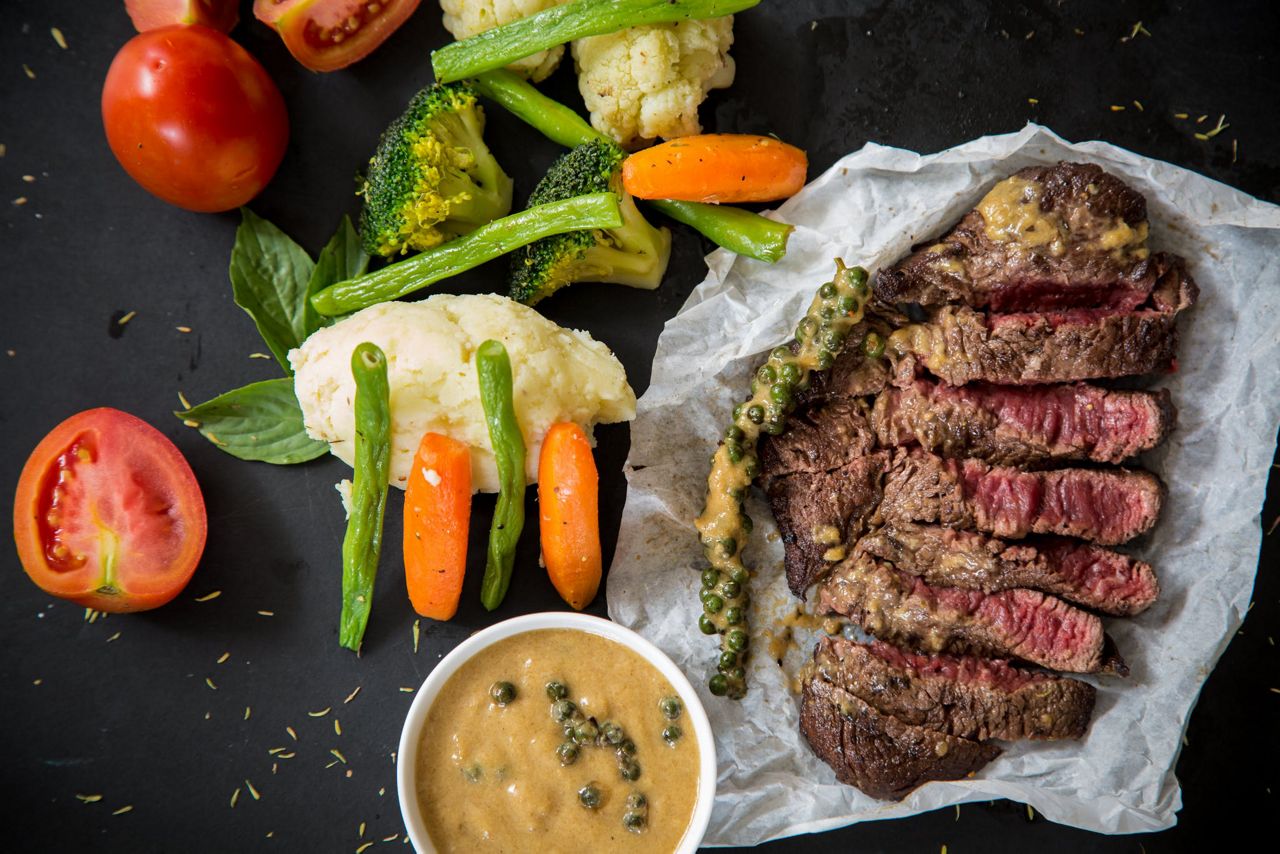Christmas is my favorite holiday. I love the cheesy holiday movies, jamming to Christmas music and of course, the food.
The menu for Christmas features hearty meals and festive desserts.
However, what you’ll eat at your family gatherings came with a climate cost.
Fair warning, this article is going to make you hungry.
I was curious about the impact some of my favorite dishes had on our environment. So I looked over data from Our World in Data, a nonprofit that focus on global issues from the environment to agriculture to find the environmental impact of your holiday feast.
Pot roast or ham
Usually during Christmas my mom buys a Honey Baked ham, or she makes a pot roast.
The data that we are using classifies ham as pig meat and roast as beef.
Beef has the highest carbon footprint. This main course will contribute 219 pounds of carbon dioxide (CO2) to the atmosphere.
Ham performs better, contributing about 27 pounds of CO2 to our world.
Raising and the transport of cows and pigs from farms to processing factors into the environmental impact of these dishes.
Mashed Potatoes
Now to some of your favorite sides during this festive feast.
Potatoes are climate friendly. I really enjoy mashed potatoes with gravy.
They produce about 1 lb of greenhouse emissions. Potatoes are the most climate friendly option because they are sustainably grown.
The starchy vegetable uses less water and land to grow.
Macaroni Cheese
It’s a different story for macaroni cheese, which is a popular side dish during this time of year. The cheesy side contributes about 37 lbs of CO2 to the atmosphere.

Macaroni and cheese has a high climate compact because the milk needed to make the cheese comes from cows, goats and sheep.
Livestock from these animal groups creates and emits greenhouse gases.
Vegetables
Vegetables are also important for Christmas dinner too. Whether it’s asparagus, broccoli, kale or peas, they all have a lower climate impact.
All four vegetables contribute less than 2 lbs of greenhouse gases.
Just like potatoes, it takes less natural resources to grow these vegetables.
Biscuits
We cannot forget about the bread. Buttery biscuits have a climate impact of 4 lbs of CO2.
The ingredients are key in determining the impact of this item. Flour, butter, salt, sugar and milk make up biscuits.
So, the study is taking in account the ingredients used to determine the impact of this flaky bread.
Desserts
Christmas has some of the best desserts. My favorite holiday desserts are mom’s sugar cookies, 7UP! pound cake and pistachio pudding cake.
Plus, you always have to leave cookies and milk out on Christmas Eve, right?
So, let’s start with Santa’s favorite treat.
Cookies will contribute 7 pounds of CO2.

Fruit cake, which is my least favorite dessert, comes in at the same environmental impact as cookies.
Another dessert, I see our this time of the season is cheesecake. This tasty dessert performs better than the first two desserts, contributing 5 pounds to the environment.

Like biscuits, the study took into account the ingredients to make the desserts.
No matter what you eat this Christmas, enjoy it and be happy with your friends and family.
I know I am going to grab 2 to 3 plates myself.
So enjoy and have a festive and safe holiday. Happy New Year!
Our team of meteorologists dives deep into the science of weather and breaks down timely weather data and information. To view more weather and climate stories, check out our weather blogs section.

